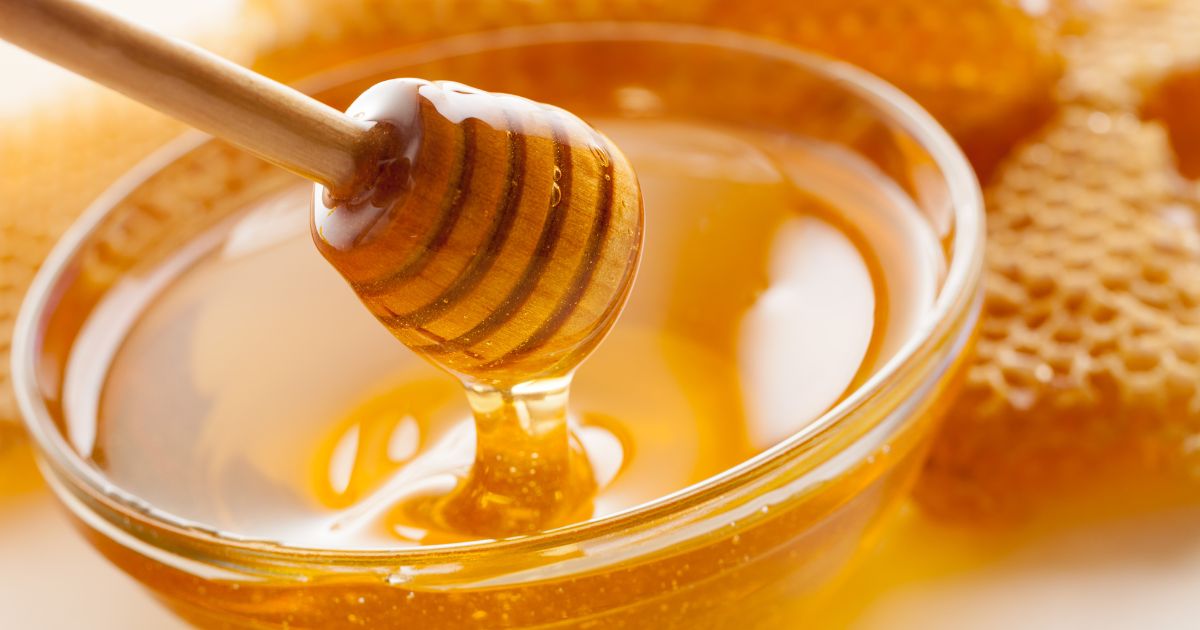The honey market in Colombia represents a burgeoning sector within the country’s agricultural industry, characterized by diverse floral sources, unique flavor profiles, and growing recognition for its quality on both domestic and international markets. Honey production in Colombia plays a crucial role in supporting rural livelihoods, promoting biodiversity, and meeting increasing consumer demand for natural and sustainable food products.
Overview of Honey Production in Colombia
Honey production in Colombia is primarily driven by small-scale beekeepers distributed across diverse ecological zones, including Andean highlands, Amazon rainforests, and coastal plains. The country’s rich biodiversity and favorable climatic conditions contribute to the availability of a wide range of floral sources, influencing the flavor, color, and nutritional composition of Colombian honey varieties.
Types of Honey
Colombia produces various types of honey based on floral sources and regional characteristics:
- Multifloral Honey: Multifloral honey blends nectar from diverse flowering plants, resulting in a complex flavor profile reflective of Colombia’s floral diversity.
- Monofloral Honey: Monofloral honey is derived predominantly from a single type of flowering plant, such as coffee blossom honey, avocado honey, or citrus blossom honey, each offering distinct flavors and aromas.
- Wildflower Honey: Wildflower honey encompasses nectar collected from indigenous plants and wildflowers, contributing to its unique taste and medicinal properties.
- Organic Honey: Organic honey is produced following certified organic farming practices, ensuring the absence of synthetic pesticides or chemicals in beekeeping and honey extraction processes.
Market Dynamics
The Colombian honey market is influenced by several key factors:
- Growth in Consumer Demand: Rising consumer awareness of the health benefits of honey, including its antioxidant properties and nutritional value, drives domestic consumption and export opportunities.
- Export Potential: Colombian honey is increasingly recognized in international markets for its quality and unique floral characteristics, with key export destinations including the United States, European Union countries, and Asia.
- Sustainable Practices: Beekeepers in Colombia prioritize sustainable beekeeping practices, such as habitat conservation, organic farming, and biodiversity conservation, to maintain honeybee health and ecosystem balance.
- Regulatory Framework: Compliance with national food safety standards and international regulations ensures the quality, traceability, and authenticity of Colombian honey exports.
Key Regions and Producers
Prominent honey-producing regions in Colombia include the departments of Boyacá, Santander, Antioquia, and Valle del Cauca, known for their diverse agro-ecological conditions and floral biodiversity. Small-scale beekeeping cooperatives and associations, such as Apimondia Colombia and Federación Colombiana de Apicultores (FEDEAPI), play a vital role in promoting industry standards, research, and capacity building among beekeepers.
Challenges and Opportunities
Challenges facing the Colombian honey market include:
- Climate Variability: Climate change impacts beekeeping practices and honey production, influencing flowering patterns, bee health, and honey yields.
- Market Competition: Competition from global honey producers and counterfeit products challenges Colombian honey’s market positioning and export competitiveness.
- Infrastructure and Technology: Limited access to modern beekeeping equipment, processing facilities, and transportation infrastructure in rural areas hinders efficiency and market access for small-scale beekeepers.
Future Outlook
The future of the Colombian honey market is optimistic, supported by:
- Technological Advancements: Investments in beekeeping technology, hive management systems, and honey processing facilities to enhance productivity, quality assurance, and traceability.
- Promotion of Origin Labels: Initiatives to promote Colombian honey’s geographical indication (GI) status, highlighting its unique qualities and origin-specific attributes to enhance market recognition and consumer trust.
- Education and Training: Continued efforts to provide technical training, research support, and market access opportunities for small-scale beekeepers to improve livelihoods and sustain industry growth.
